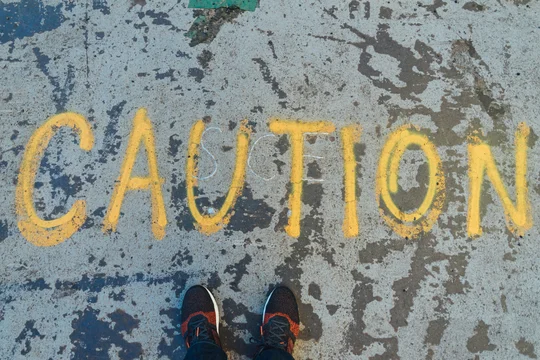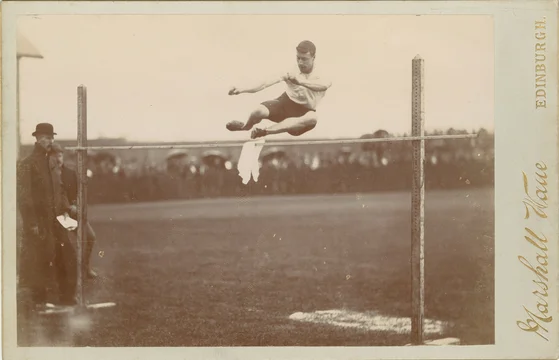
Back in September we wrote about how Judge Andrews rejected an expert who relied on a 50/50 starting point to show damages in a patent case. We noted at the time that the defendant had moved to strike any follow-up theory by the plaintiff, and it wasn't clear that the Court had ruled on it before trial began.
Now we know what actually happened. Yesterday, the Court released its opinion on the motion to strike. In its opinion, the Court explained that after the plaintiff lost its damages expert, the plaintiff tried to "cobble together" a damages theory from various facts on the Friday before trial. The Court struck that new theory:
[Plaintiff] NexStep proposed a new hypothetical negotiation theory on the last business day—a Friday—before trial. The previous hypothetical negotiation started at an arbitrary 50/50 split (which I excluded, D.I. 314) and was adjusted to a 40% royalty rate based on the expert’s consideration of the Georgia Pacific factors. . . . Under NexStep’s new theory, the hypothetical negotiation would be determined based on NexStep’s plan for a 30% royalty based on factual testimony and the jury’s consideration of an appropriate adjustment based on expert testimony about the Georgia Pacific factors. . . . NexStep argued that each piece of the new damages theory was disclosed in some fashion—the slide deck 2 was incorporated by reference into the damages interrogatory and Comcast had the opportunity to depose Dr. Stepanian about his licensing efforts. . . . Despite this piecemeal disclosure, I find that NexStep did not meet the disclosure requirements of Rule 26(a). NexStep failed to “to tie each step of its calculation to the specific documents or other evidentiary materials that support it.” Shanghai Weiyi Int'l Trade Co., 2017 WL 2840279, at *4 n.8 (cleaned up). It is not as though NexStep provided alternative damages theories, and the exclusion of one leaves another one to be litigated. NexStep simply has cobbled together a new theory using some parts of the old theory and some parts that were previously ignored by both sides.
Nextstep, Inc. v. Comcast Cable Communications, Inc., C.A. No. 19-1031-RGA, at 6 (D. Del. Nov. 17, 2021).
The Court applied easily found that permitting a plaintiff to rely on a theory offered for the first time the last business day before trial would incurably prejudice the other side under the Pennypack analysis.
But Plaintiff Won at Trial! Sort of?
Judge Andrews did not permit damages to go to the jury at all. In an e-mailed order to the parties, he said:
I exclude from the trial all testimony and/or evidence solely offered to prove damages. I do not think any viable damages theory has been properly and timely disclosed. Thus, the jury coming in Monday will not consider damages.
D.I. 351 at 14.
And, it turns out, that jury returned a verdict for plaintiff on one of the two asserted patents—but with no damages number.
So what happens next? Is that a win for defendant? Does the plaintiff get a new trial on damages?
I don't know and, apparently, neither do the parties. They've since submitted their post-trial briefs, with defendant filing a Rule 50(b) motion arguing that the Court should grant judgment of no damages because plaintiff has no viable claim, and plaintiff arguing that defendant can't get relief under Rule 50(b) because the issue didn't go to the jury. It's hard to say who's right—we'll have to see how the Court handles it.
[2022-05-12: We have an update here on what happened with this! Spoiler alert: It didn't turn out well for the plaintiff...]
If you enjoyed this post, consider subscribing to receive free e-mail updates about new posts.






